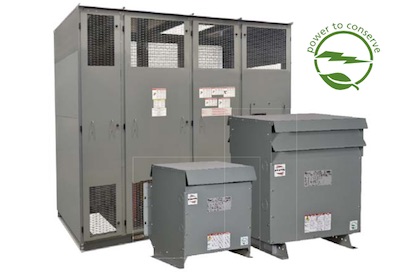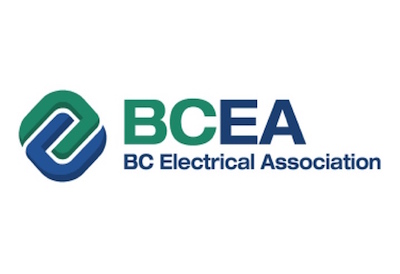Higher Energy Efficiency Requirements for Dry Transformers Now in Effect

Apr 30, 2019
As of April 30, Natural Resources Canada has new dry-type transformer energy efficiency requirements in effect that align with most of those implemented by the U.S. Department of Energy in 2016. These amendments to the Energy Efficiency Act’s Energy Efficiency Regulations were published in the Canada Gazette Part II on October 31, 2018.
The amendments defines a dry transformer, including one incorporated into another product, as one in which the core and windings are in a gaseous or dry compound insulating medium, is either single phase with a nominal power of 15 to 833 kVA,or three-phase with a nominal power of 15 to 7500 kVA, has a nominal frequency of 60 Hz, and has high voltage winding of 35 kV or less. The new requirements apply to transformers manufactured on or after January 1, 2016. Find out more about the regulation here.
Greater energy efficiency offers significant environmental benefits. Transformer manufacturer Hammond Power Solutions notes that upgrading one 75kVA transformer to a new DOE 2016/NRCan 2019 design translates to one of the following environmental benefits per year:
• 2.9 additional acres of forest in one year
• 1.3 tons of waste sent to the landfill
• 403 gallons of gas consumed
• 3,846 pounds of coal burned (estimated savings based on a pre TP-1 upgrade and a gasoline consumed)
• For dry-type transformer users, higher energy efficiency translates into
• increased profitability due to lower operating costs
• decreased cost of ownership over the lifetime of the transformer
• less air conditioning costs due to lower heat emissions
Hammond Power Solutions (HPS) says it supports this change and the environmental benefits that will result from using higher efficiency transformers. To support its Canadian customers, HPS offers a number of compliant product lines rated for both low and medium voltage.
Photo source: Hammond Power Solutions

















